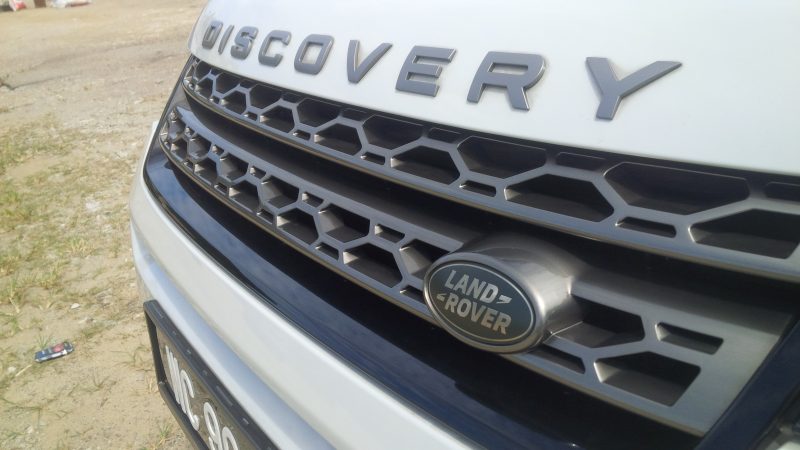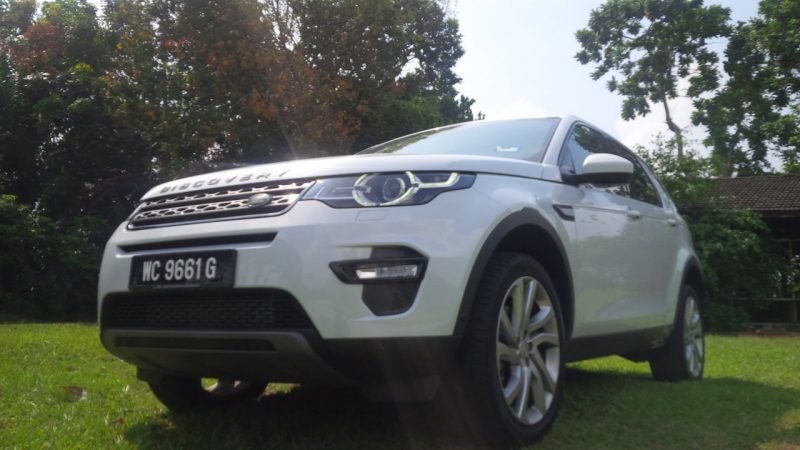There was a time, in the not too distant past, where the automotive industry tried its best to make it easier to join the club of elite marques. So many different firms offered so many different ‘entry-level’ models, offering all the prestige at a fraction of the cost, closing the gap between the car you drive and the car you wish you could. Mercedes-Benz offered the A-Class, Jaguar offered the X-Type, and Land Rover offered the Freelander.
The Freelander was, during its debut, a rather interesting car indeed. The interior offered the comforts you’d find in something more posh, but still managed to carry itself over muddy tracks and rutted fields with the poise of a Range Rover. It was a go-anywhere estate car, with a bit more pomp than a Volvo. And yet, like so many of Land Rover’s offerings from that period, it didn’t age well. The second generation did its best to keep the flame alive, and alive it certainly remained. The second Freelander sold about as well as the first, finding many new homes among yummy mummies in the suburbs. It still tugs at my heartstrings, that’s for sure.
But then, it was gone.
You can see hints of Evoque in the face, but nothing at all carried from the bigger, ageing Discovery
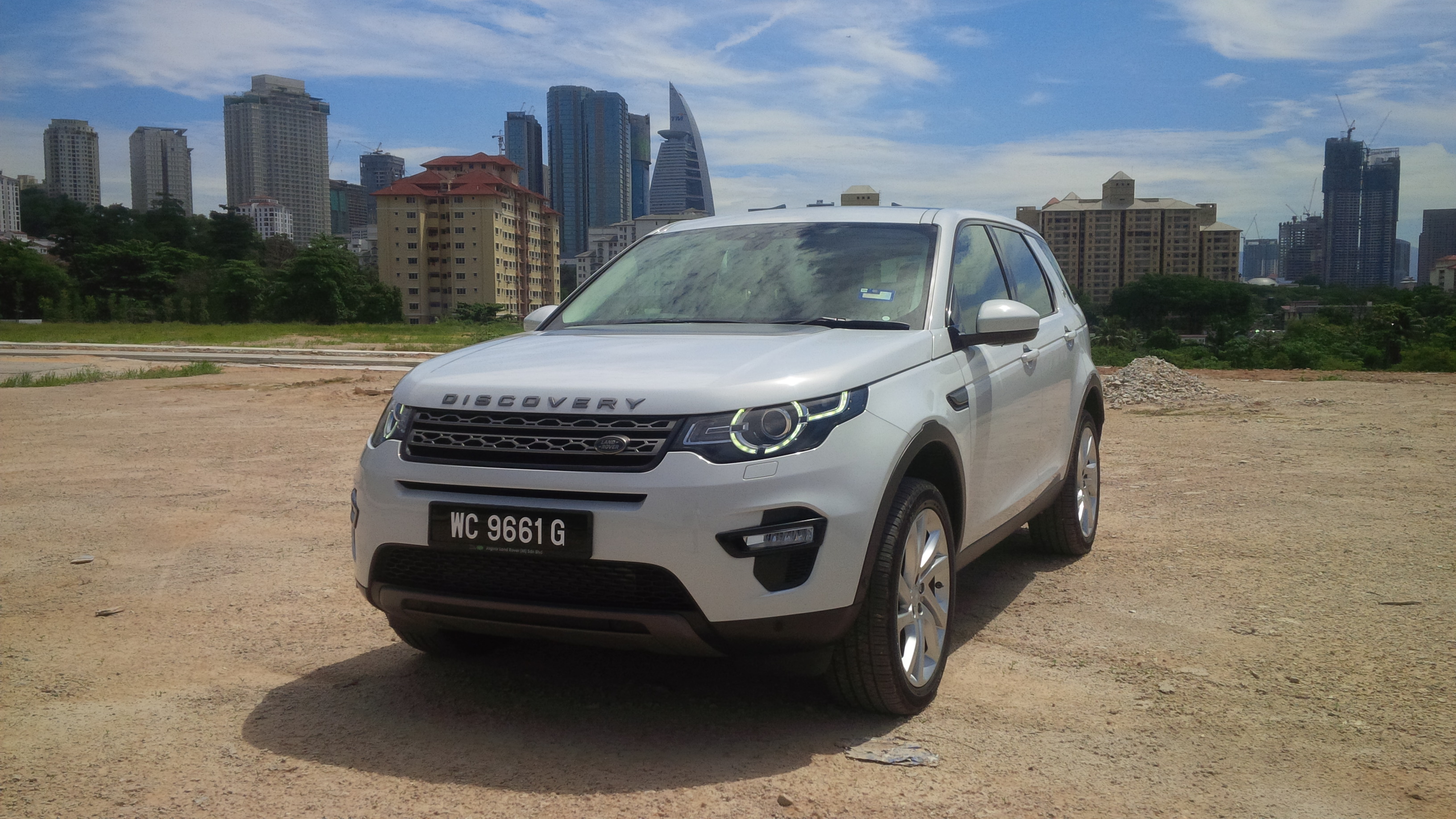
The powers-that-be at Land Rover decided that they needed to reinvent themselves (which, in 2006, it certainly had to). And as a part of that reinvention, the brands under the big green badge had to be refined and restructured, and there was simply no room for a Freelander in the new lineup. So, it was axed, without nary a thought about the memories the moniker had created.
The Freelander had, as Land Rover intended, brought a lot of new blood to the brand. By offering it in a segment significantly cheaper (and smaller) than the Discovery, it had allowed the more active families a way into the tough-terrain Land Rover brand. Many owners of first- and second-generation Freelanders will tell you that their cars opened doors to whole new adventures, that they wouldn’t have considered had they been at the helm of anything else. ‘Entry-level’ would have been doing the Freelander a disservice; No, the little Landy was more ‘entry-point’ into the exciting new world that Land Rover promised was at your feet.
But to say that, with the death of the ‘Freelander’ name, Land Rover had decided to forsake this segment altogether would be erroneous. The segment the Freelander dominated was one that had brought a lot of commercial success for the brand, and it had also brought more new fans of the Landy brand. So what LR did was, they merged the ‘Freelander’ in with the new ‘Discovery family’ of vehicles. So out with the Freelander, and in with the Discovery Sport.
The rear seems a tad too fussy, with weird honeycomb-design plastic sitting in the middle of the taillights
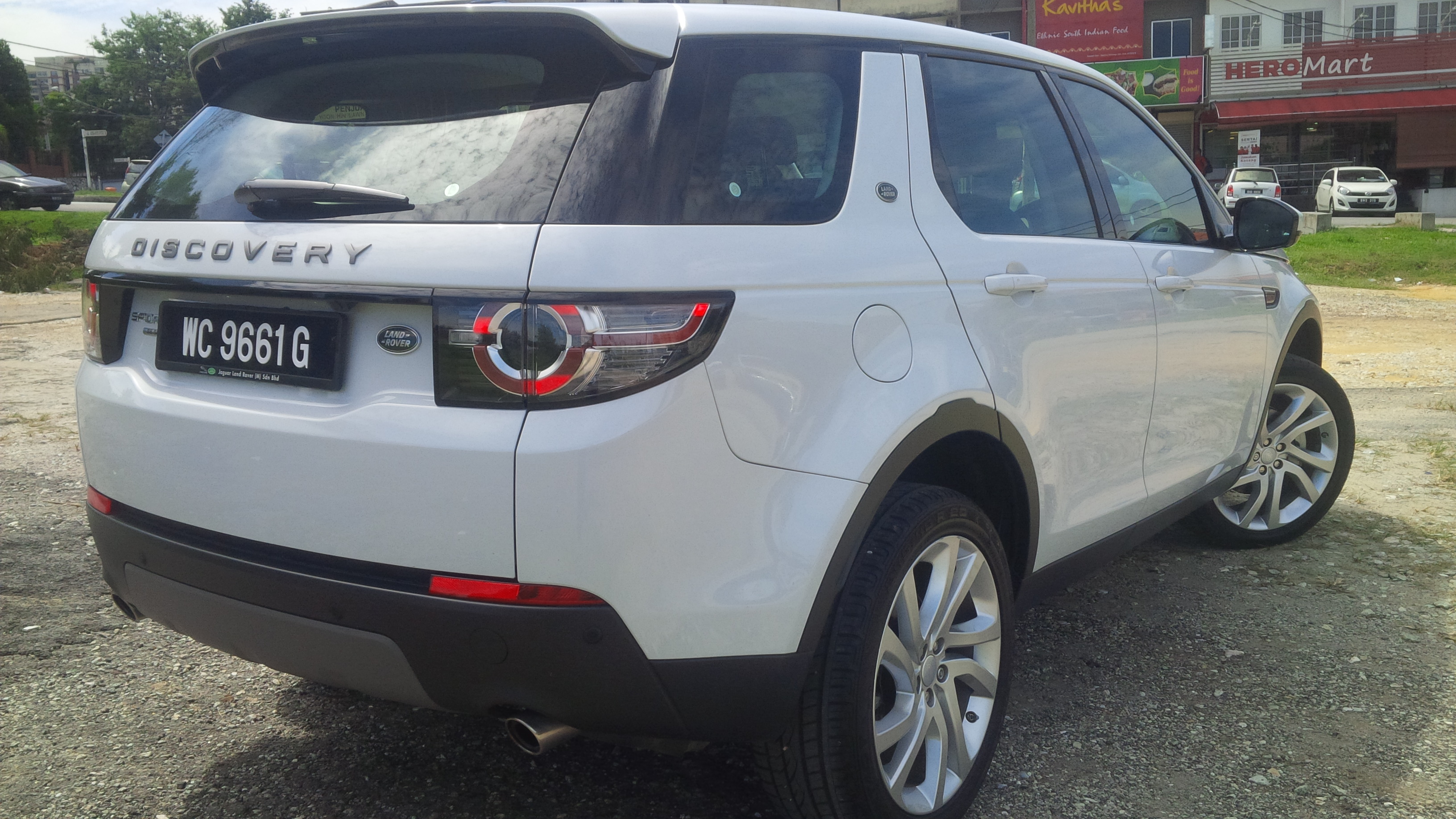
From the get-go, you immediately recognize the DiscoSport as a member of the new Land Rover family. You have its Evoque-esque front end, with slim headlights and upper grille, while at the rear, you have taillights designed to look more futuristic than anything else. In between, you get the usual adornment you’d find from a Land Rover in this segment, like the fender-grilles and a discreet Land Rover badge on the C-pillar. The DiscoSport has grown slightly in size compared to the outgoing Freelander, and you can certainly see it. Of course, the reason for this is because the DiscoSport now carries two more seats than its predecessor, making it a proper 7-seater SUV.
Inside, the DiscoSport is unabashed about its aspirations. It certainly feels upmarket, with intelligently placed touches, like the silver accents along the centre stack. The controls are large and easy to use, and everything just teeters along this fine line between ‘cutting-edge’ and ‘comfortably-traditional,’ which will undoubtedly make plenty of potential owners feel immediately at home.
Modern appointments, which are both plush and functional
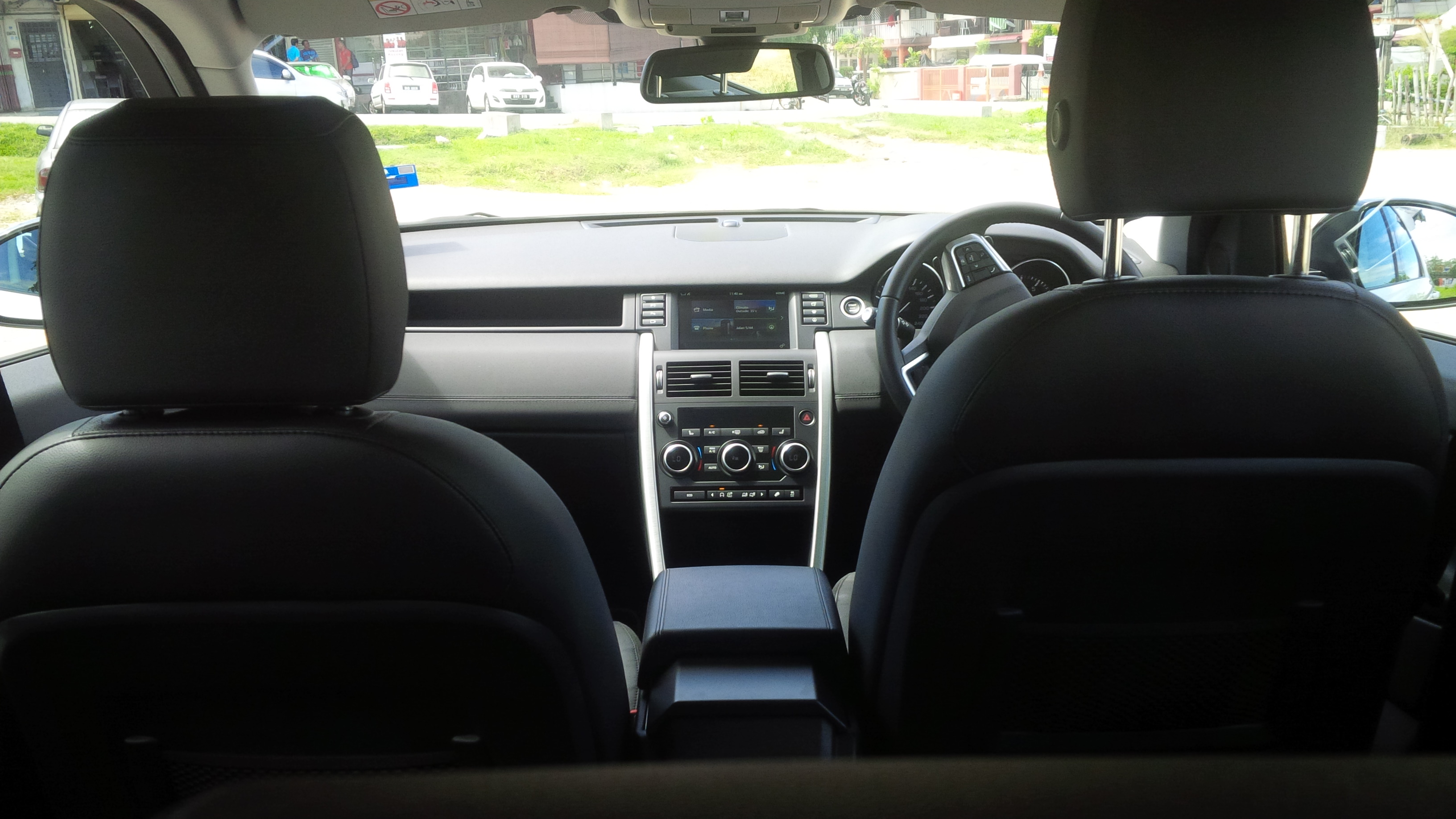
But the real reinvention here is out on the open road. Where the Freelander could’ve felt a little ponderous and disconnected at times, the DiscoSport makes every effort to be more communicative. The steering wheel is full of feel (much like its bigger brother, the Evoque), and though the suspension is a little firmer than one might expect, it helps control any kind of body roll through the corners. The agility of this thing is excellent, though it does fall short of more road-focused rivals from BMW and Audi. NVH (noise, vibration, and harshness) levels are alright too, with the cabin feeling well-insulated and quiet over long motorway journeys.
Though the DiscoSport might not have the same composure on the road as its German rivals, an area that it is unparalleled is off-road capability. Without having to resort to rather outlandish measures (like the Jeep Cherokee Trailhawk does), the DiscoSport can handle just about anything you can throw at it. Popular British TV show ‘Fifth Gear’ even saw the baby Discovery crossing an icy river, without skipping a beat. Of course, we don’t have many of those in Malaysia, but after subjecting it to some pretty daunting logging tracks that we found in Pahang, it was safe to say that the Discovery Sport was unflustered, no matter how thick the mud. This was largely due to its excellent ‘Terrain Response System,’ which flattered even the most inexperienced off-roader (like myself).
It’s important to remember that, at this price range, the Discovery Sport has a lot of competitors. The Germans have plenty of firepower in this segment, and while the Americans have shown some effort with the Jeep Cherokee, its biggest rival comes from within the family. The Discovery Sport hovers dangerously close to its well-heeled sibling, the Range Rover Evoque, and from an objective perspective, the only thing differentiating them are the two extra seats in the back of the DiscoSport (and a little more boot space). And when you consider the limited use you’ll get out of those seats, you suddenly realize that they’re really not worth the trade off, as a little more dosh can get you the plusher, and more desirable Evoque.
Distinctly, and uniquely Land Rover
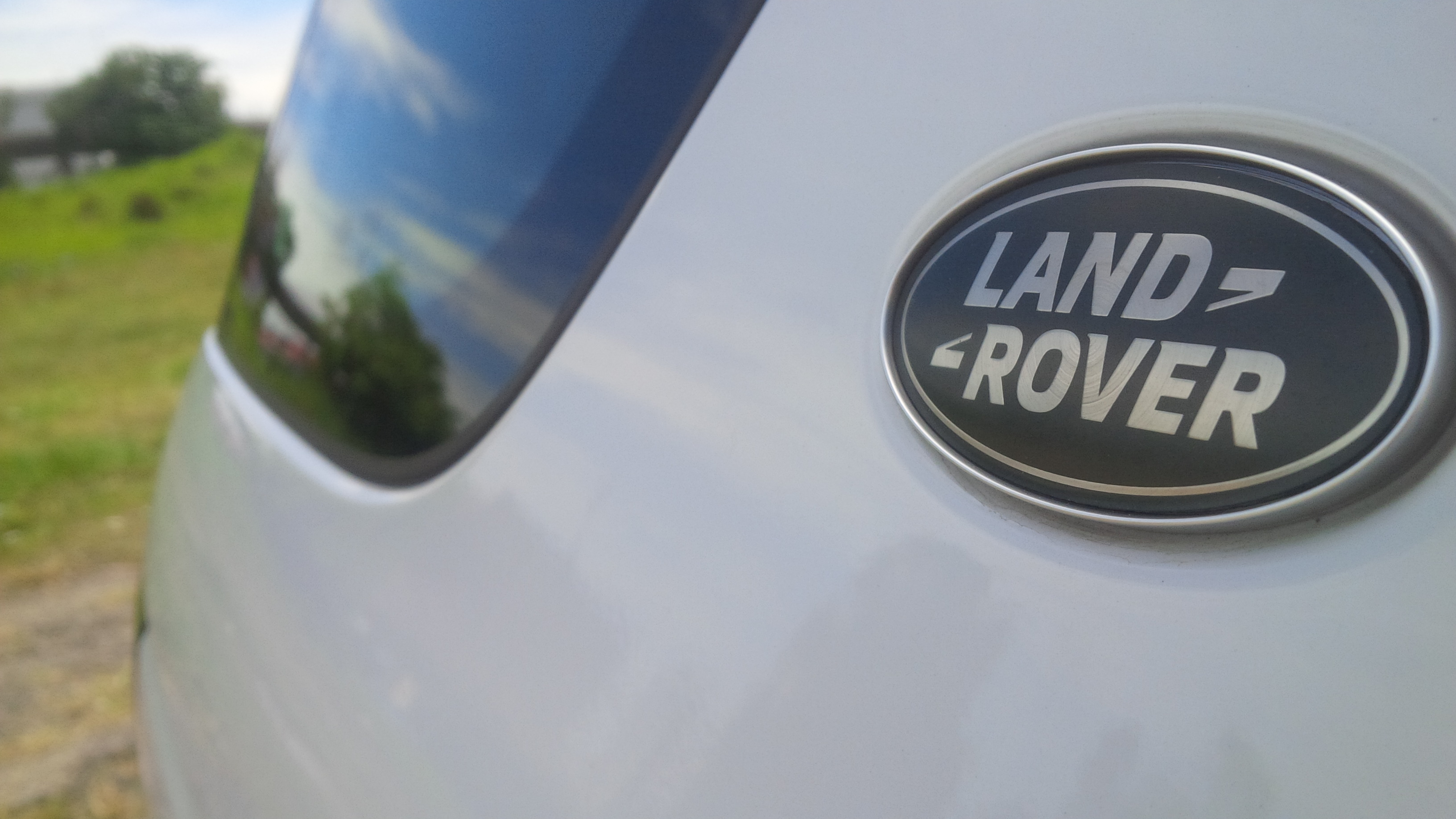
So, what does it boil down to? Well, for this writer, the DiscoSport seems more appealing, if only just to escape the stigma associated with young Evoque drivers. The DiscoSport, critically, appeals to those who are truly interested in an active lifestyle, where you’d prioritise function over form, and be rewarded by a car that looks just as good clean as it does all mucky. But, I am acutely aware that I make up a minority in this segment. An incredibly good machine in isolation, the Discovery Sport certainly does what it says on the tin. However, there is treachery within the ranks, and the baby Disco will undoubtedly lose buyers to its own brother, the Range Rover Evoque.
Which is sad, really. Because it really is exceptional.
The Pros
- Much better behaved on the road
- Posh-but-tough image conveyed well
The Cons
- A bit noisy on the motorway
- Weird placement within the segment
Unrivaled practicality and ergonomics make this a true-blue Land Rover


